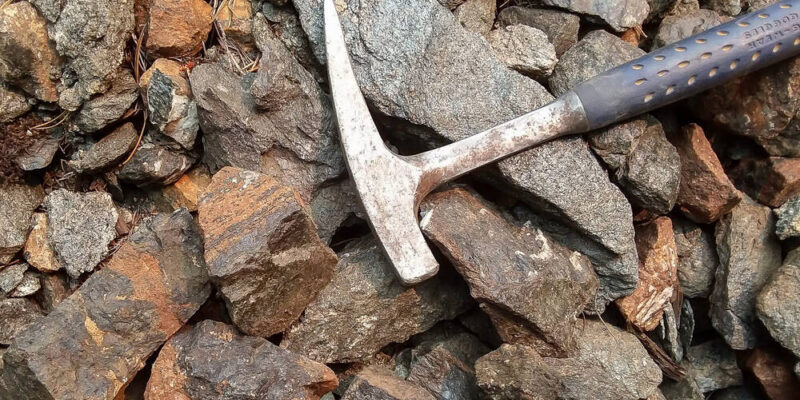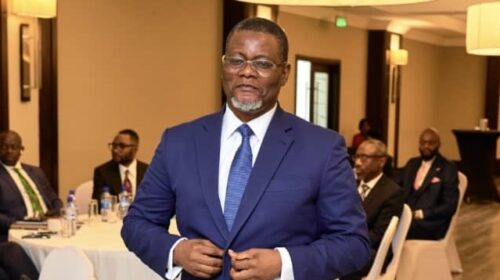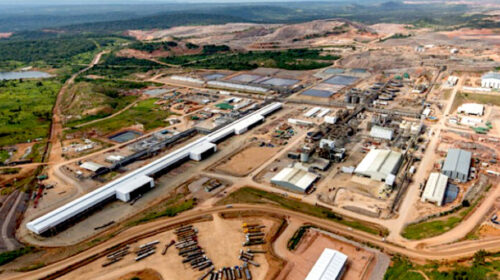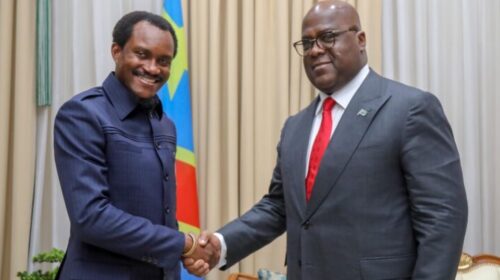DRC Govt Urged to Conduct Comprehensive Mineral Research
The government of the Democratic Republic of Congo (DRC) has received calls to intensify mineral research efforts to ascertain precise mineral quantities within the nation’s territories.
During a recent conference at the University of Kinshasa, Deputy Inspector of the General Inspectorate of Mines, Dona Kampata Mbwelele, delved into the profound shifts in mining production within the DRC and the influence of the recently amended mining legislation on local mining firms.
Mbwelele emphasized the significant influence of the mining code revision, highlighting its transformative impact on mining production.
“Before the revised code, companies like Moavite Congo, largely dominated by Gécamines, had minimal output—just 5,000 tonnes per year.
Gécamines itself produced 450,000 tonnes in 1985. With the revised code, production soared from 9 million to the current 20 million, drawing in a plethora of investors,” he revealed.
The deputy inspector cautioned against relying solely on official figures for mining belts, stressing that historical mining activities had skewed estimations.
He urged for a nuanced approach in assessing resources like lithium and diamonds, advocating for comprehensive research to acquire more reliable data.
He pointed out that some mining companies hadn’t conducted extensive research, depending instead on exploitation data tied to state-owned resources.
This underscored the necessity for independent research to gain a clearer and more accurate understanding of the nation’s mining potential.
Mbwelele highlighted the benefits ushered in by the new mining code of 2018, notably in tax and royalty structures. Now, 50% of revenues go to the Congolese state, 25% to the ore’s home province, 10% to a mining fund for future generations, and 15% to local communities in the production zones. Additionally, mining firms allocate 0.3% of their turnover toward community development.
94 total views , 1 views today





